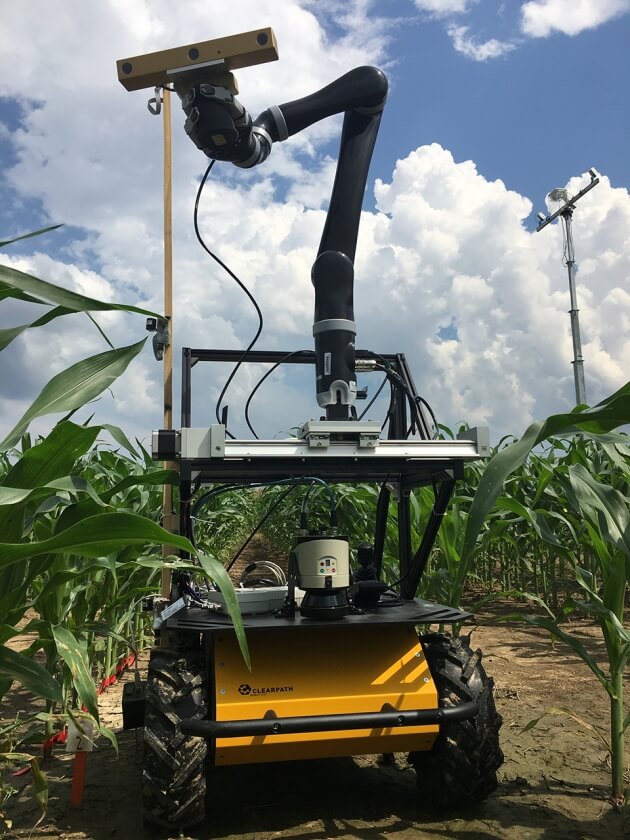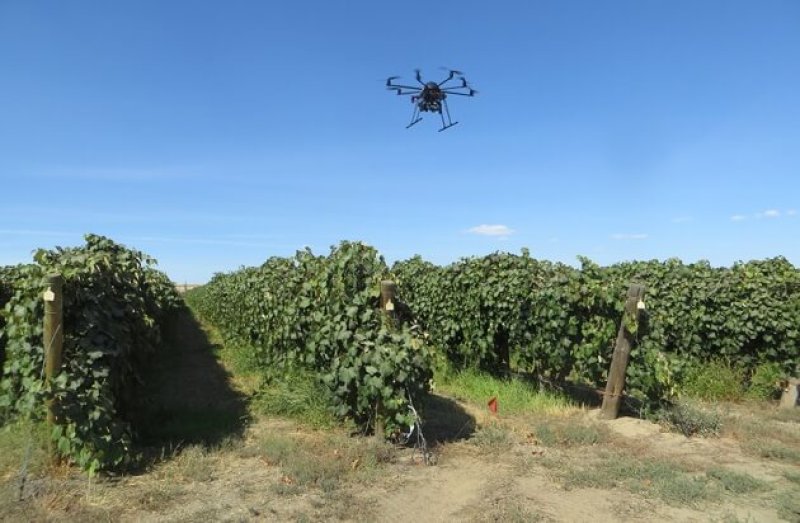The use of drones and robots is also on the rise as researchers pursue the ‘quantified plant’ — one in which each trait has been carefully and precisely measured from nearly every angle, from the length of its root hairs to the volatile chemicals it emits under duress. Such traits are known as an organism’s phenotype, and researchers are looking for faster and more comprehensive ways of characterizing it.
 The hope is that such efforts will speed up plant breeding and basic research, uncovering new aspects of plant physiology that can determine whether a plant will thrive in the field….
The hope is that such efforts will speed up plant breeding and basic research, uncovering new aspects of plant physiology that can determine whether a plant will thrive in the field….
The plummeting cost of DNA sequencing has made it much easier to find genes, but working out what they do remains a challenge…
Plant breeders are also looking beyond the traits they used to focus on — such as yield and plant height — for faster ways to improve crops.
“Those traits are useful but not enough,” says Gustavo Lobos, an ecophysiologist at the University of Talca in Chile. “To cope with what is happening with climate change and food security, some breeders want to be more efficient.”
The GLP aggregated and excerpted this blog/article to reflect the diversity of news, opinion, and analysis. Read full, original post: Plant biologists welcome their robot overlords































